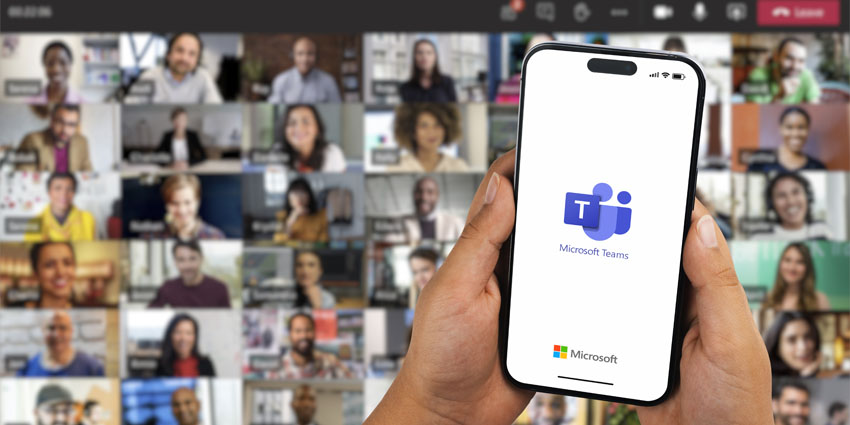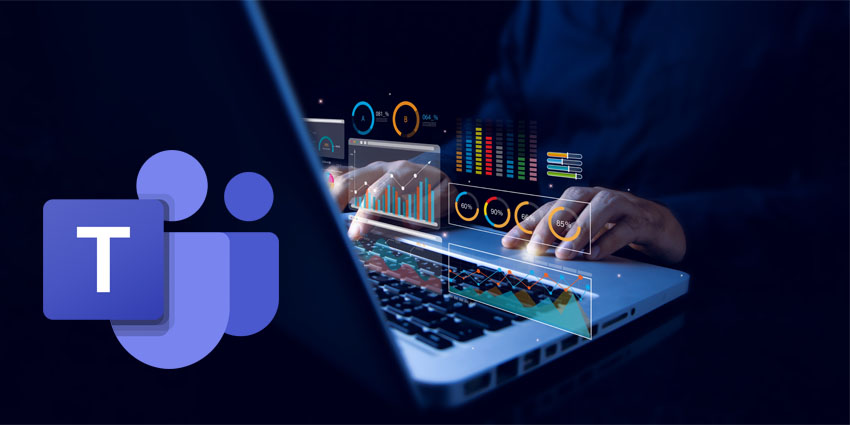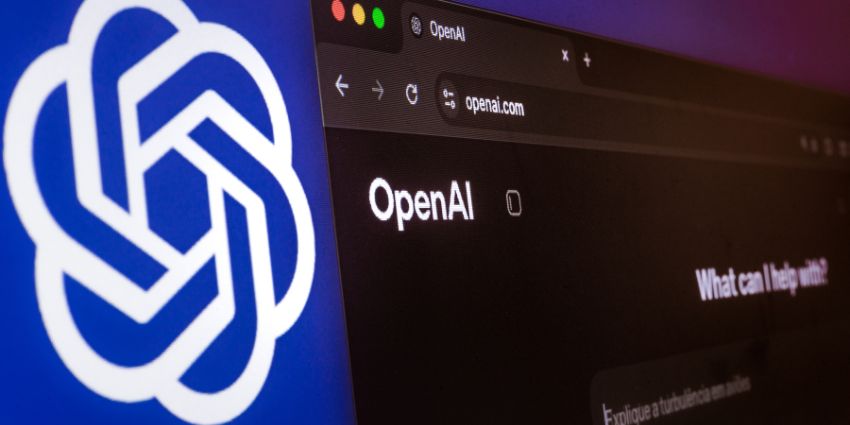Microsoft is introducing a new feature that will allow admins and users to block screen capture during Teams meetings to help sensitive organisational information from potentially being exposed.
Participants joining Microsoft Teams from unsupported platforms will soon be restricted to audio-only mode, designed to safeguard shared content during meetings.
The 365 Roadmap reads:
To address the issue of unauthorized screen captures during meetings, the Prevent Screen Capture feature ensures that if a user attempts to take a screen capture, the meeting window will turn black, thereby protecting sensitive information.”
Microsoft announced that this feature will begin rolling out globally across Android, desktop (both windows and Mac), iOS, and web clients starting in July 2025.
Should IT Leaders be Reassured by Screen Blocking in Teams?
Microsoft’s move to introduce a screen capture block in Teams signals a progressive step toward more advanced data protection and an extra layer of complexity in meeting management. As organisations continue to conduct sensitive conversations and share confidential content via video conferencing, the functionality to limit screen capture attempts, particularly from unsupported platforms, could help undercut the risk of inadvertent data leakage.
However, this new level of control isn’t the be-all and end-all. Determined bad actors can still bypass digital safeguards by capturing content with physical devices, such as smartphones or external cameras. This inevitability stresses the importance of sophisticated user training and instituting clear data handling policies to complement more technical solutions.
IT leaders should also prepare for the viable operational impact. Microsoft has yet to confirm whether the feature will be enabled by default or configurable at the admin or meeting-organiser level. Depending on that decision, teams may need to tweak governance settings, update user documentation, or revise access policies for external participants.
IT and UC leaders should use this as a golden opportunity to review their current safeguards and make certain that their digital collaboration ecosystems align with emerging compliance and security standards.
Microsoft is Facing Prominent Cybersecurity Challenges
This update illustrates a broader trend of collaboration platforms, in particular Teams, evolving to prioritise content security. Microsoft, indeed, has grappled with major security concerns over the past few years.
In April 2024, the U.S. Cyber Safety Review Board (CSRB) delivered a critical report on Microsoft’s handling of a major cybersecurity incident involving Chinese state-sponsored actors. The attackers, identified as the Storm-0558 group, exploited weaknesses in Microsoft Exchange Online, leading to a significant breach in July 2023 that exposed confidential communications within several U.S. government agencies.
The CSRB concluded that Microsoft’s security posture lacked the rigour to prevent such a sophisticated intrusion, citing failure in both detection and response. The board emphasised that stronger safeguards and more proactive risk management could have mitigated the breach.
Adding to the company’s challenges, Microsoft accounts have become a target for cyberattacks, this time from actors believed to be linked to Russia. These attackers leverage device code authentication phishing tactics to bypass conventional defences, gaining access to critical accounts within government departments, research bodies, and major enterprises.
In addition to this new screen capture block capability, Microsoft has introduced several features to address these challenges. In January, it added a long-anticipated phishing and spam alert feature to Teams. Meanwhile, the tech giant launched several new AI agents for its Security Copilot solution to assist with enterprise resilience in March, utilising AI to reinforce its strategic aims around security.
This swathe of features follows a report released in September that Microsoft has “the equivalent of 34,000 full-time engineers” working on its Secure Future Initiative (SFI) project to significantly bolster its security infrastructure. The vendor aimed to put its money where its mouth is by linking the fulfilment of security goals with executive compensation in an expansion of this SFI in May 2024.
That was refined even further in August when a leaked Microsoft memo outlined that not creating meaningful work focused on security could negatively impact every worker’s salary increases, promotions, and bonuses. These policies were intended to underline its commitment to “making security (its) top priority, above all else”.







